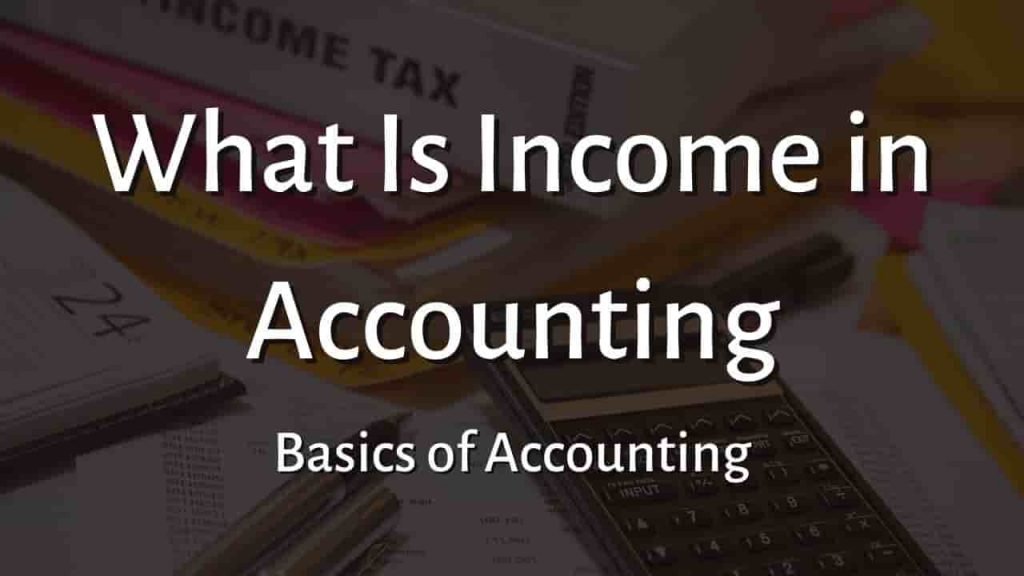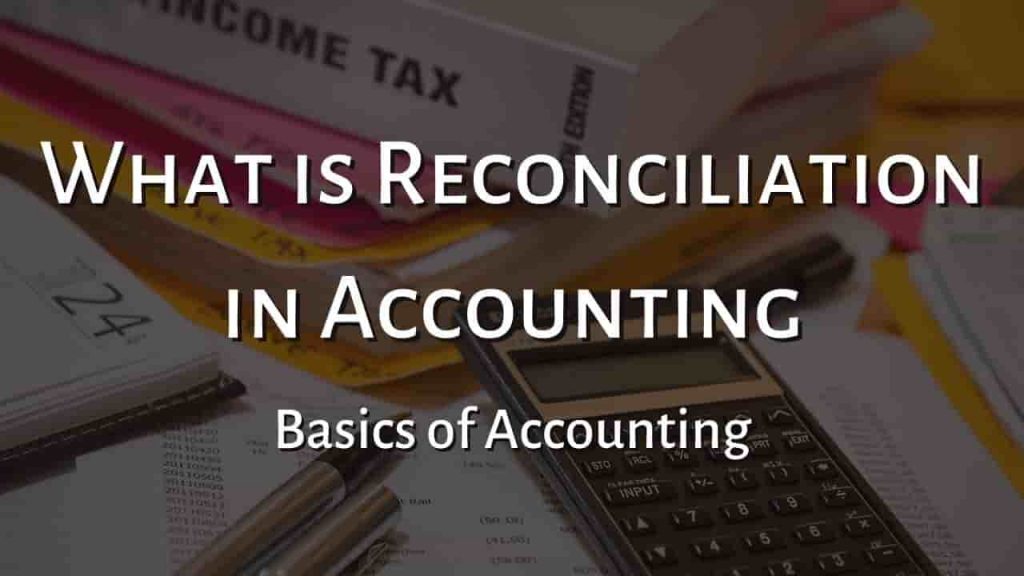5 Steps of Financial Planning Process
Financial planning is frequently considered as a method to manage debt, but a solid financial plan is a way to ensure financial stability throughout your life. Investing, retirement planning, insurance, borrowing and utilizing credit, tax planning, having a will, and ensuring the proper people receive your assets are all key components of a good financial plan.
Personal finance software tools, publications, and self-help books are available to assist you with your own financial planning. However, if you want knowledge in specific areas of your finances that you do not possess, you may decide to seek the assistance of a professional financial planner. For example, a planner can assist you in determining the degree of risk in your investment portfolio or in adjusting your retirement plan according to changing family circumstances.
The Financial Planning Process consists of the five steps listed below:
Creating and defining the client-planner relationship
The financial planner should explicitly explain or document the services that will be offered to you, as well as outline his and your obligations. The planner should thoroughly describe how and by whom he will be paid. You and the planner should agree on the duration of the professional partnership as well as how choices will be made.
Obtaining client information, including goals
Your financial position should be discussed with the financial planner. You and the planner should jointly establish your personal and financial goals, identify your time frame for outcomes, and, if applicable, discuss your risk tolerance. Before providing you with the appropriate advice, the financial planner should acquire all of the relevant papers.
Analyzing and assessing your financial position
Your information should be analyzed by a financial advisor in order to assess your present status and determine what you need to do to achieve your goals. This might entail assessing your assets, liabilities, and cash flow, as well as existing insurance coverage, investments, or tax plans, depending on the services you have requested.
Creating and providing ideas and/or options for financial planning
Based on the information you give, the financial planner should provide financial planning suggestions that address your goals. The planner should go over the suggestions with you to ensure that you understand them and can make intelligent selections. The planner should also address your concerns and update the suggestions as needed.
Putting the financial planning advice into action
You and the planner should reach an agreement on how the recommendations will be implemented. The planner may put the recommendations into action or act as your “coach,” managing the entire process with you and other experts such as attorneys or stockbrokers.
We also have:
What is Journal Entry in Accounting?
What is Trial Balance in Accounting?
For more click here and if you are looking for full forms of different acronyms and words then check out this list you really gonna find this helpful. We also have an Essay on every topic, Check the complete list here. If you are Studying in Matric Free Video Lectures of Maths, Physics and English are here, and we have got you covered for I.COM Business Maths also.







